When it comes to managing the safety of your digital assets, selecting the right crypto wallet is a crucial step. From hot wallets, that are accessible online at all times, to cold wallets that remain offline for extra security, there are different choices out there.
In this post, we are going to dive into the world of paper wallets. Although considered cold wallets, paper wallets are a controversial storage solution that has many notable setbacks when it comes to security and safety. We are going to get into what is a paper wallet exactly, share our top 3 reasons why you should not use a paper wallet, and offer the perfect alternative instead.
Understanding Paper Wallets
A paper wallet is exactly what it sounds like – a piece of paper on which all of your necessary info is either printed or written. It usually has your public and private keys on it, which is what gives you the ability to send crypto.
Your private keys, are a highly sensitive sequence of words that are needed for you to access your crypto. Your private key security is what should be guarded above all.

How It Works
Typically, if you have a printed paper wallet, you should have a QR code, that when scanned, links your device to your private keys, giving you access to your funds without needing to manually type it out like you would if you had a hand-written paper wallet.
When you buy or receive crypto, they are sent to your wallet, there is no need for a digital interaction to take place. The sender only needs your public key, which acts like a bank account number, to send you the crypto. But, transferring crypto is when you need to access your private keys, and to do so requires you to sign into the online component of your wallet.
The Safety of Paper Wallets?
✅PROS
Cold Storage: Its biggest advantage is that it keeps your PINS and keys offline, which is an attractive feature to crypto investors looking for secure ways how to store Bitcoin.
Cost-Effective: Creating a paper wallet is very low-cost. All you need is access to a website that generates the keys, a printer, a pen, and some paper. This process can be done in just a few minutes, making it cheap and easy for non-tech-savvy users.
❌CONS
Physical Damage: By nature, paper wallets are extremely fragile, since exposure to water, fire or general wear and tear can destroy your ability to access your funds ever again. If the ink fades over time, which it is likely to do, you are locked out.
Impossible Recovery: Other cold wallet options often come with recovery processes and seed phrase storage solutions. With a simple paper wallet, there is no such option or service. The private key printed or written on it is the only way to access the funds.
Unauthorized Access: A big problem with a paper wallet is that it is hard to approve the person who is accessing the wallet. Imagine, if you use a public printer to print your wallet, there is no way of guaranteeing that your private keys are not stored in some printer memory.
If a paper wallet is not stored securely, it’s highly vulnerable. It can be stolen from your home, fall out of your pocket, or get lost with other files and documents.
Unpractical for Quick Access: This might not be the most convenient option for people who require access frequently, like traders, as the process of getting your codes, PINS, and accessing your funds can be lengthy.

Top 3 Reasons Why Paper Wallets Are Not Safe
1. Vulnerability to Physical Harm
As we mentioned before, these wallets are highly susceptible to damage. Fire, water, sunlight, wear and tear…the list goes on and on.
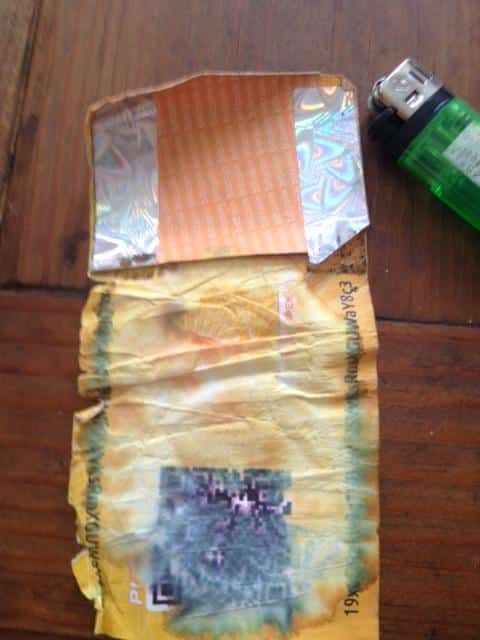
2. Security Risks
Paper wallets, much like cash or any other valuable document, can be easily stolen or misplaced.
The loss rates for physical items can be high, especially for something as small and delicate as a piece of paper. Take this report by Chainalysis as a warning sign, as their research states that up to 23% of Bitcoin has been lost forever because of lost or forgotten keys. This represents about 3.79 million BTC/$90 billion.

3. Paper Wallet Generator, Public Printers & Malware
Normally, when you create a paper wallet, you need to use an online service. We know, that anything connected to the internet is hackable. Then, apart from losing the piece of paper or having it stolen from your physical wallet or home, you also have a security issue if you print your wallet using a public printer. Any printer for that matter, is generally connected to the internet and networks that can keep records and store copies of printed documents. This is a potential gold mine for any hacker who can access malware on the printer and can make you a victim of Bitcoin scams and frauds.
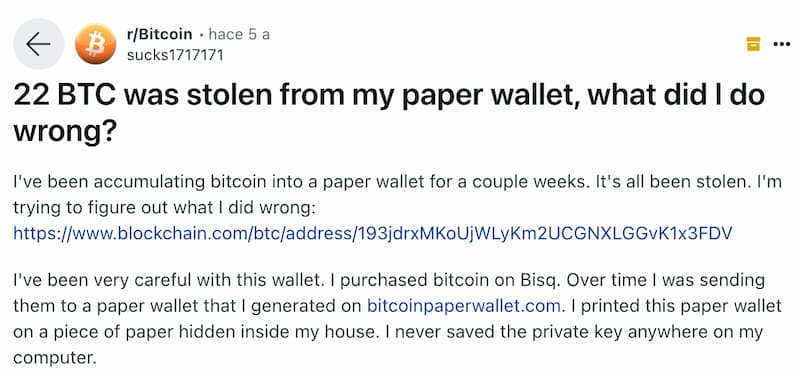
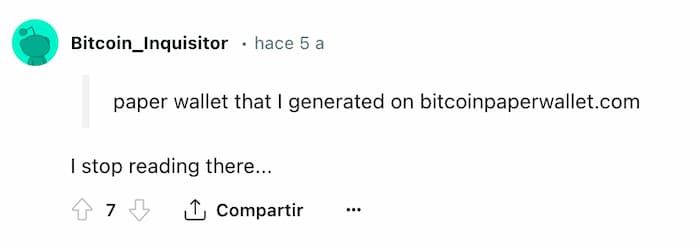
Paper vs. Hardware vs. Hot Wallets
Now you might be thinking “Great…so what is the best choice for my crypto storage?” Here is a quick rundown of each option:
Paper Wallets: For anyone who is super paranoid about having their info potentially exposed online, paper wallets appeal to them because they give the allusion of being the safest storage option. Yes, they are great cold storage but their vulnerability makes them an even bigger risk.
VS.
Hardware Wallets: They provide the perfect blend of accessibility, usability, and protection. They are mostly cold storage, keeping your crypto offline but can be readily connected through secure features for easy transactions.
VS.
Hot Wallets: Although we do not recommend ever keeping crypto online, hot wallets are a go-to choice for active traders who need consistent online access to make in-the-moment transactions. We suggest that when you are done making trades, you move your crypto directly onto a crypto cold wallet immediately for safekeeping.
So what is the best option, blending all the advantages of a paper wallet with the security of a hardware wallet and easy accessibility of a hot wallet?
Material Wallets: Your Solution for Crypto Storage
Material Wallets stand out as the perfect solution. They offer the same sense of security as paper wallets, but unlike paper wallets, Material is built to endure any form of physical damage. Made out of AISI 304L stainless steel, these wallets are fireproof, waterproof, and shockproof, meaning that you never need to worry about them being damaged.
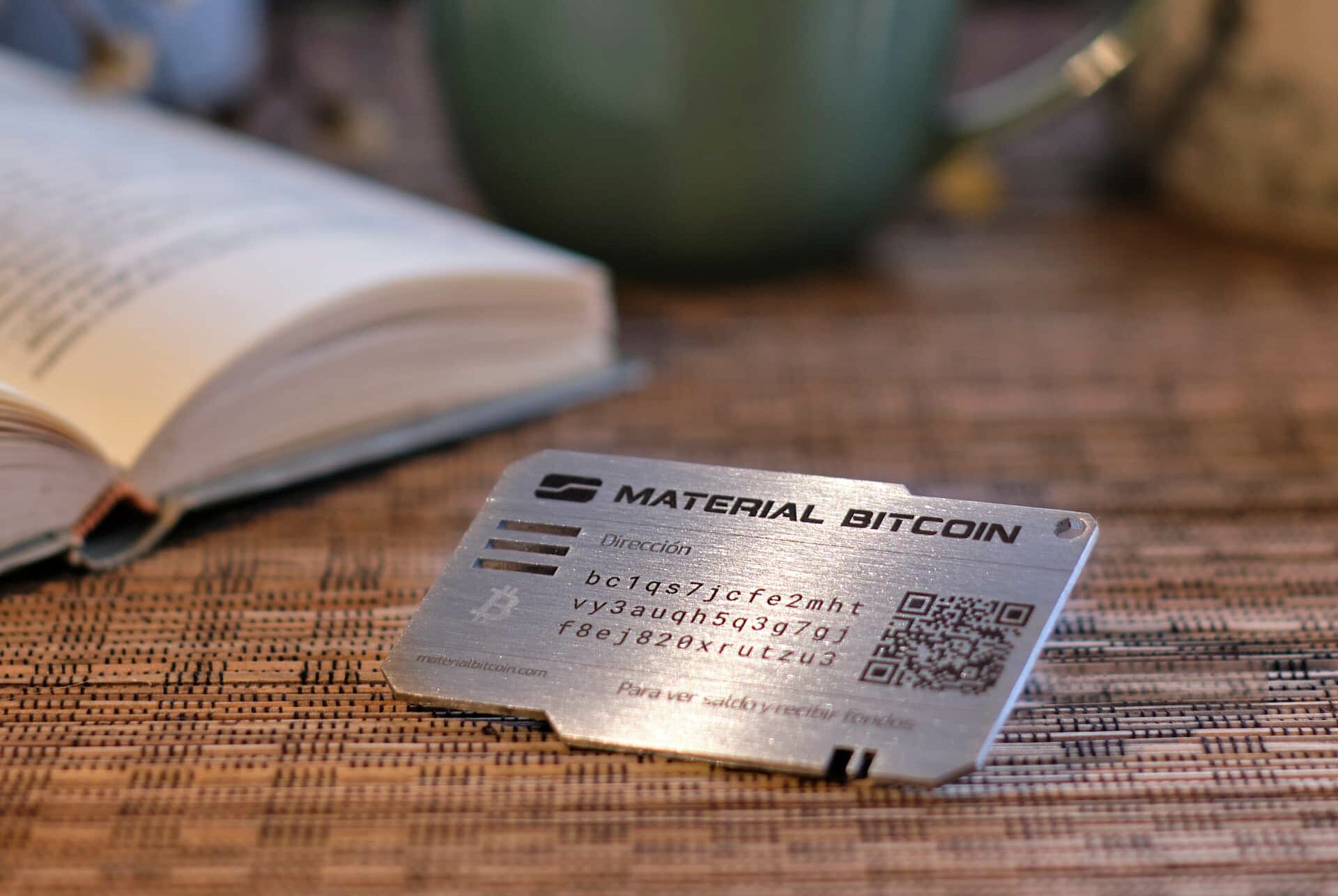
As an added feature, there is also Material DIY which is a unique way to guard your seed phrase storage. This metal plate has a carving tool to engrave your private phrases onto the card, which is also indestructible from fire, water, or tearing like paper.
Material Wallets have encryption protocols that safeguard your data during storage and in transit. They protect your crypto even if the physical card is stolen or lost. It secures your funds since it is unreadable without the decryption keys.
It is easy to use and accessible in seconds, making it the ideal solution for both long-term investors and traders. You can make trades, check balances, and even buy Bitcoin, ETHER, and USDT from your Material wallet.
FAQs
Are paper wallets the most secure?
While paper wallets are secure from online threats, they are not the most secure overall. They are vulnerable to physical damage, loss, and theft. They can also be exposed during their creation process, potentially being compromised before even being used.
What is the difference between a cold wallet and a paper wallet?
Cold wallets refer to any cryptocurrency wallet that operates offline, which protects them from online hacking attacks. Paper wallets are a type of cold wallet made from paper, containing printed public and private keys. Both are used for storing crypto offline, but hardware cold wallets are more durable options.
What are the disadvantages of paper wallets?
They are highly susceptible to physical damage like water and fire, risk of theft, and course, the challenge of keeping them secure.
What is the most secure type of wallet?
Hardware wallets, such as Material Wallets, are the most secure type of wallet. They offer the offline security benefits of a paper wallet but add layers of security, including encryption, and secure PIN entry.
Can I store any crypto in a paper wallet?
Paper wallets can technically store any cryptocurrency that allows for a public and private key setup. But, not all cryptocurrencies or tokens are supported by all paper wallet generators, so make sure you check for compatibility.
How do you get a paper wallet for cryptocurrency?
You need to sign up for a paper wallet generator website, generate your keys, print them, or write them out on paper. Some even go as far as drawing the QR code onto paper rather than printing it out, although you run the risk of it not working and being unscannable.

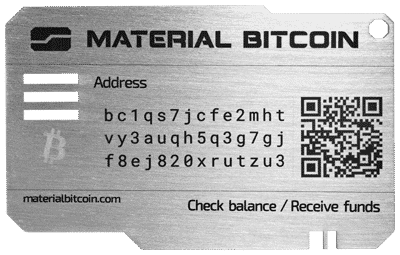





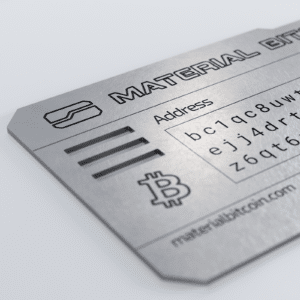

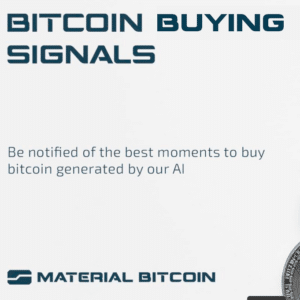
0 Comments